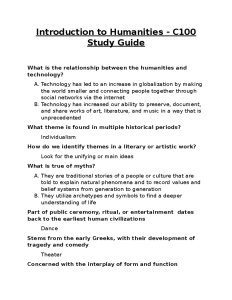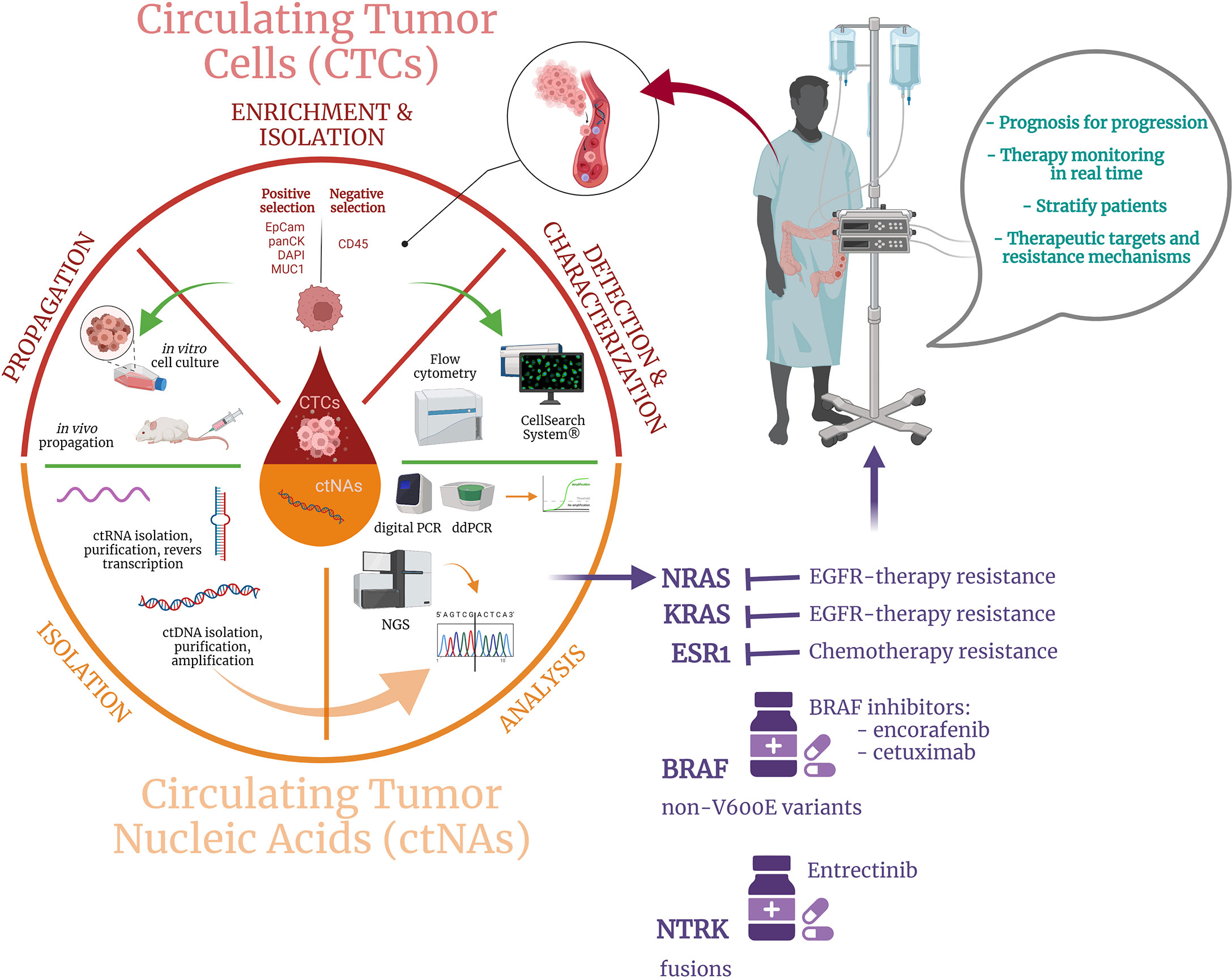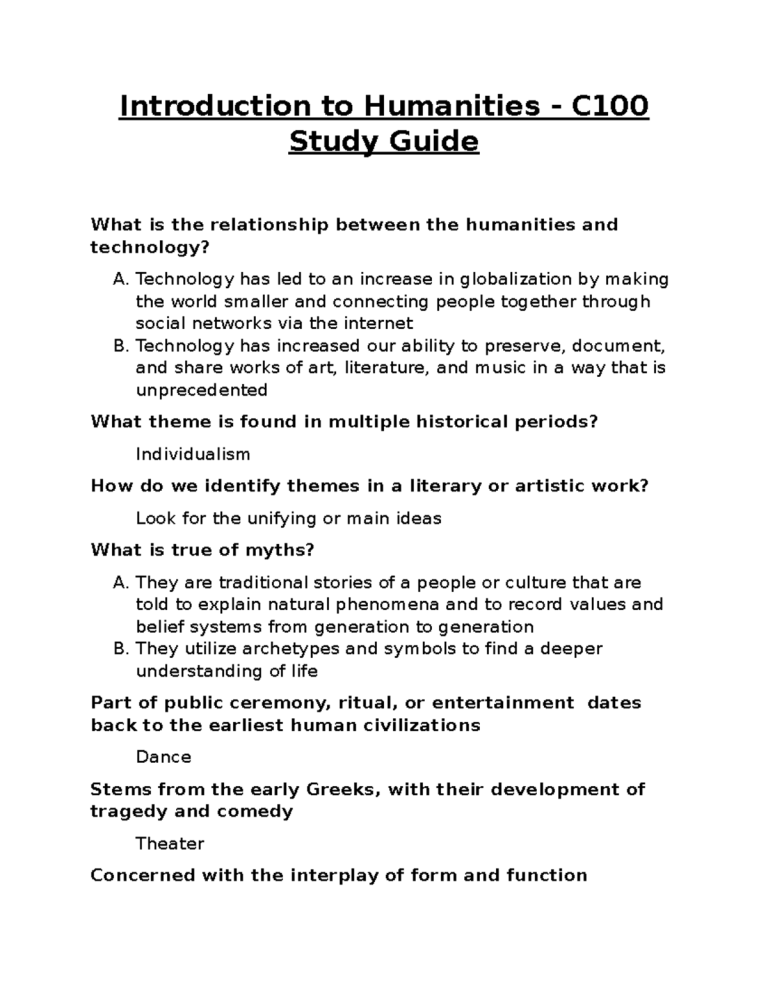Pediatric cancer AI predictions are changing the landscape of how we assess and manage cancer in children, particularly in the realm of gliomas. A groundbreaking study conducted by researchers at Harvard has unveiled an AI tool capable of predicting the risk of cancer relapse with remarkable accuracy, far surpassing traditional methods. This innovative approach harnesses advanced techniques like temporal learning, focusing on analyzing multiple pediatric cancer MRI scans collected over time, rather than relying on single images. By doing so, it enables more precise predictions that can guide treatment decisions and reduce unnecessary stress for young patients and their families. Such progress in AI in pediatric oncology not only improves outcomes for those battling cancer but also opens new avenues for predicting cancer relapse in children, ensuring they receive the tailored care they need.
In the ever-evolving field of healthcare, developments in artificial intelligence for childhood malignancies are gaining momentum, particularly concerning the anticipation of tumor recurrence. Researchers are exploring novel methodologies for assessing the likelihood of glioma relapses, employing sophisticated algorithms that analyze a series of medical images rather than isolated scans. By employing concepts like temporal learning in medicine, scientists are uncovering insights that could lead to more effective management of pediatric cancers. The integration of AI into the monitoring of children’s health could revolutionize how clinicians approach follow-up care, ultimately aiming to diminish the anxiety linked to frequent MRI evaluations. As we delve deeper into predictive analytics, the promise of enhanced accuracy in identifying at-risk patients paves the way for innovative treatment strategies.
Advancements in AI for Pediatric Oncology
Recent advancements in artificial intelligence (AI) have dramatically changed the landscape of pediatric oncology. Researchers are increasingly employing sophisticated AI algorithms to analyze complex medical imaging data, particularly MRI scans. This innovative approach enhances the capability to observe patterns and predict outcomes that traditional analysis methods may overlook. AI in pediatric oncology, specifically in predicting cancer relapse in children, represents a significant leap in personalized medicine, ensuring that care is tailored to the unique needs of each young patient.
By utilizing vast datasets and advanced machine learning techniques, the transformative potential of AI extends beyond mere prediction. In clinical settings, these AI-driven insights can facilitate early intervention protocols, optimize treatment regimens, and alleviate the emotional strain on families by reducing unnecessary repeat imaging. As we delve deeper into AI’s role in pediatric oncology, we can expect more refined tools capable of proactively identifying risks associated with conditions like glioma, ultimately leading to better patient outcomes.
Pediatric Cancer AI Predictions: A New Era
Pediatric cancer AI predictions stand at the forefront of medical innovation, particularly in the realm of glioma recurrence prediction. Recent studies have highlighted how AI models can analyze longitudinal MRI data, improving the accuracy of recurrence assessments significantly. With the ability to harness the temporal learning process, these models not only evaluate single images but also capture subtle changes over time, thus refining the predictive accuracy for pediatric patients.
As seen in recent research efforts, the AI tool developed by the team at Mass General Brigham achieves an impressive accuracy rate between 75-89% in predicting the likelihood of glioma recurrence. This advancement is crucial, as it allows clinicians to stratify patient risk better and tailor their follow-up and treatment protocols accordingly. By employing AI technology in pediatric oncology, we move closer to a paradigm where machine predictions inform clinical decisions, enhancing both healthcare efficiency and patient care.
The Role of Temporal Learning in Medicine
Temporal learning emerges as a highly effective technique in the intersection of artificial intelligence and medicine, particularly for assessing long-term health trajectories. In pediatric oncology, where timely interventions can significantly impact outcomes, the ability to analyze data over time is revolutionary. By focusing on serial imaging—such as multiple MRI scans captured post-surgery—temporal learning enables AI models to spot trends and anomalies that may indicate potential relapse earlier than standard approaches.
Focusing on temporal learning opens new avenues in predictive analytics, especially in complex scenarios like predicting glioma relapse in young patients. As research progresses, this method could expand its applications, allowing for more precise Cancer MRI interpretations, enhancing treatment timelines, and ultimately leading to more informed decisions in pediatric cancer care and management.
Impact of AI on MRI Scans in Pediatric Care
The integration of AI into the interpretation of MRI scans is paving the way for enhanced diagnostic precision in pediatric oncology. Traditional methods of analyzing a single MRI can miss critical, incremental changes in a patient’s condition. However, with the deployment of machine learning models, clinicians are now capable of making more informed decisions based on a comprehensive analysis of several scans over time. This capability is particularly beneficial in cases where monitoring for glioma recurrence is crucial.
AI-enhanced MRI interpretations not only reduce the chances of oversight but also alleviate the emotional and logistical burdens frequently placed on families. By developing effective, predictive models that can foresee the probability of cancer relapse, healthcare providers can streamline follow-up processes and focus resources on patients who require more intensive monitoring. The promise of AI in this space is boundless, potentially transforming standard procedures and reshaping patient experiences.
Reducing Stress for Pediatric Patients and Families
One of the most compelling advantages of AI in pediatric oncology is its potential to reduce the stress associated with frequent imaging and follow-up visits. Parents of children battling cancer often face emotional and financial strains due to the necessity of numerous MRI scans, especially when the risk of recurrence is unclear. AI tools that predict relapse risks with greater accuracy can help minimize unnecessary imaging, subsequently alleviating burdens on both patients and families.
Furthermore, by employing predictive models to stratify risk effectively, clinicians can make more targeted recommendations. For example, those identified as lower risk may require less frequent MRI evaluations, allowing healthcare resources to be prioritized for higher-risk patients. Consequently, AI’s role transcends mere data analysis; it serves as a means of enhancing the overall patient journey, creating a more compassionate approach to pediatric cancer care.
Future Directions in Pediatric Oncology Research
The clinical application of AI in predicting pediatric cancer outcomes beckons further exploration and research. Initiatives like the recent study on glioma recurrence are only the beginning, as the landscape of pediatric oncology continues to evolve. With the successful implementation of temporal learning techniques, researchers are encouraged to expand their focus beyond glioma to other pediatric cancers, exploring how predictive models can evolve and adapt in diverse settings.
In the future, we might witness a paradigm shift where AI’s capability to intercept and predict treatment challenges allows oncologists to intervene sooner and more effectively. Collaborative efforts among institutions to gather large-scale datasets will be indispensable for refining these predictive models. Through ongoing innovations and clinical trials, AI in pediatric oncology will not only enhance the precision of care but also foster a more hopeful outlook for children facing cancer.
Improving Patient Outcomes Through AI Innovation
AI innovation is fundamentally transforming patient outcomes in pediatric oncology by providing precision treatment strategies and predictive analytics. The new insights garnered through AI analysis help inform decisions regarding patient management, improving survival rates and quality of life in young patients. When AI models effectively predict the risk of glioma recurrence, clinicians are empowered to act with greater urgency and precision, implementing treatment adjustments before potential relapses manifest.
Additionally, as AI techniques continue to mature, we can anticipate more personalized care frameworks that cater specifically to individual patient profiles. The development of these frameworks not only places the patient’s interest at the forefront but encourages collaboration between specialists and families, fostering an environment for open communication and shared decision-making. As such, the role of AI transcends simple diagnosis and becomes integral to holistic patient care.
AI-Assisted Decision Making in Oncology
AI-assisted decision making in pediatric oncology unlocks new opportunities for enhancing clinical pathways. By integrating intelligent algorithms into treatment protocols, oncologists can leverage data-driven insights to guide treatment plans in real-time. This approach allows for a nuanced assessment of each patient’s unique case and introduces flexibility in altering treatment based on ongoing MRI evaluations, thus enhancing the precision of care.
The incorporation of AI tools into clinical workflows also supports physicians in making more informed decisions regarding when to administer therapies or when to intensify monitoring protocols. As pediatric cancer treatments continue to advance, the collaboration between AI models and clinical expertise will be critical in navigating complex treatment landscapes, ultimately leading to more effective outcomes for young patients facing these conditions.
The Future of AI in Pediatric Cancer Research and Treatment
The future of AI in pediatric cancer research holds significant promise as emerging technologies offer innovative solutions to longstanding challenges. With continuous developments in machine learning and data collection methodologies, it is anticipated that predictive accuracy will improve, making AI an indispensable tool in clinical oncology. As researchers harness larger datasets from diverse demographics, the ability to personalize treatment further enhances, ensuring that every child receives care tailored specifically to their needs.
In clinical settings, integrating AI tools may also enhance interdisciplinary collaboration, enabling oncologists, radiologists, and pathologists to access consolidated data and insights. The combination of expert opinions and AI predictions could revolutionize treatment protocols while enhancing overall patient management strategies. As the field advances, leveraging AI to its fullest potential will be instrumental in achieving better outcomes for pediatric cancer patients.
Frequently Asked Questions
How does AI in pediatric oncology help predict glioma recurrence?
AI in pediatric oncology employs advanced algorithms to analyze multiple MRI scans over time, enabling it to identify patterns that traditional methods might miss. This method enhances the accuracy of glioma recurrence predictions, helping physicians manage patient follow-up and treatment more effectively.
What role does temporal learning play in predicting pediatric cancer relapse?
Temporal learning is crucial in predicting pediatric cancer relapse as it allows AI models to evaluate changes in MRI scans over time. By considering serial imaging data, the AI can better link these changes to potential cancer recurrence, leading to improved prediction accuracy.
Can AI tools improve the accuracy of pediatric cancer MRI interpretations?
Yes, AI tools significantly enhance the accuracy of pediatric cancer MRI interpretations by analyzing sequential scans rather than relying on single images. This longitudinal approach provides a more comprehensive understanding of tumor behavior and related risks.
What is the significance of predicting cancer relapse in children?
Predicting cancer relapse in children is vital as it informs treatment plans, reduces unnecessary stress from frequent MRIs, and ultimately improves survival rates. Accurate predictions can guide more personalized and effective care strategies.
How do AI predictions impact the follow-up care of pediatric glioma patients?
AI predictions significantly impact the follow-up care of pediatric glioma patients by providing insights into relapse risks, potentially reducing the frequency of imaging for lower-risk patients, and allowing targeted treatments for those identified as high-risk.
What are the advantages of multiple imaging analyses in pediatric cancer treatment?
Multiple imaging analyses allow AI to detect subtle changes over time that single MRI scans might overlook. This technique enhances the prediction of treatment outcomes and relapse risks, crucial for tailoring individualized care in pediatric oncology.
What challenges remain in the clinical application of AI predictions for pediatric cancer?
Despite promising results, challenges in clinical application include the need for further validation in diverse settings, ensuring accuracy across populations, and integrating AI tools into existing medical workflows for pediatric cancer care.
How can pediatric oncology benefit from AI advancements in cancer predictions?
Pediatric oncology can benefit from AI advancements in cancer predictions by improving early detection of relapse, enabling personalized treatment plans, and optimizing follow-up protocols, ultimately enhancing patient care and outcomes.
| Key Point | Details |
|---|---|
| AI Predicts Relapse Risk | An AI tool trained on multiple brain scans can predict relapse better than traditional methods. |
| Significance of Findings | Higher accuracy in predicting pediatric cancer recurrence can enhance care for children with gliomas. |
| Temporal Learning Technique | Allows the AI to analyze changes over time instead of individual images, improving prediction accuracy from 50% to 75-89%. |
| Clinical Applications | Potential to reduce frequency of MRIs for low-risk patients and target therapy for high-risk patients. |
| Research Collaboration | Conducted by researchers from Mass General Brigham, Boston Children’s Hospital, and Dana-Farber/Boston Children’s. |
| Future Directions | Further validation needed before clinical application; trials to assess improvement in patient outcomes. |
Summary
Pediatric cancer AI predictions are revolutionizing the way we assess the risk of relapse in affected children. A recent study shows that an AI tool, trained on extensive datasets of brain scans, outperforms traditional methods in predicting recurrence of pediatric gliomas. By utilizing temporal learning, this AI can provide crucial insights that may lead to better management of pediatric patients and optimize their treatment plans. As the research progresses, it holds the promise of transforming pediatric cancer care through accurate predictions and tailored therapies.









